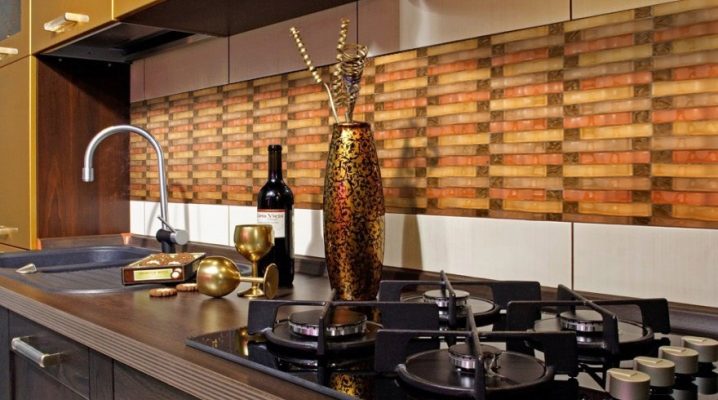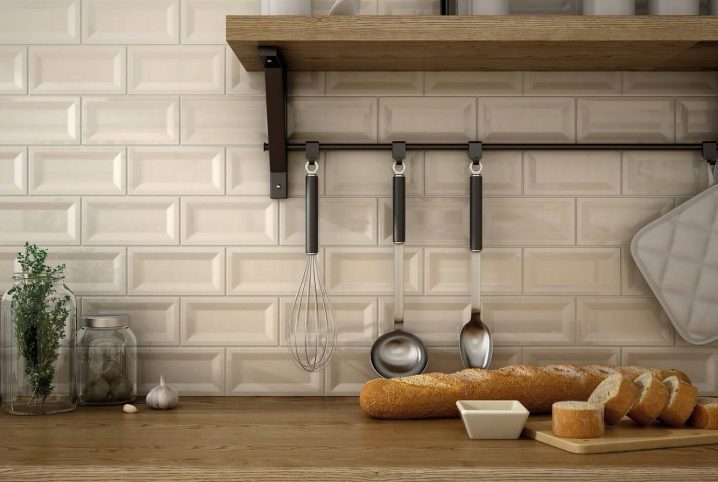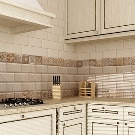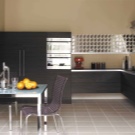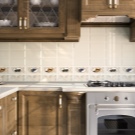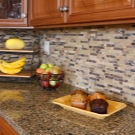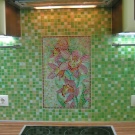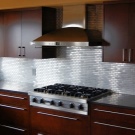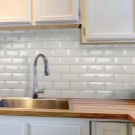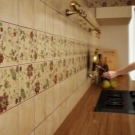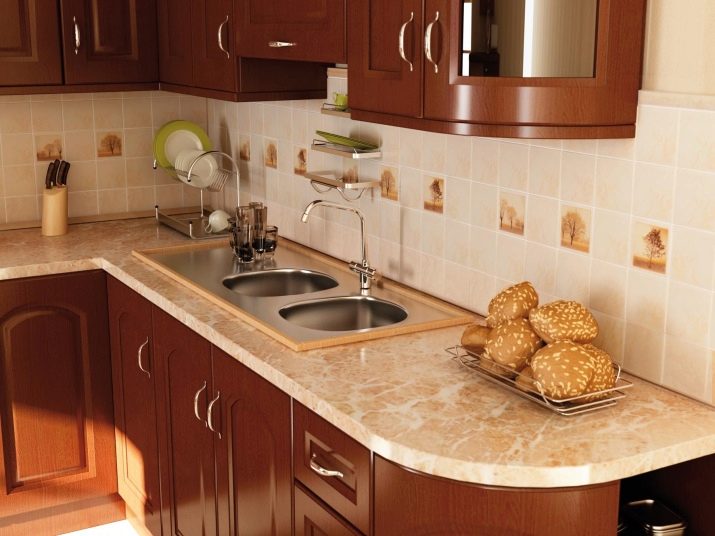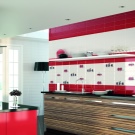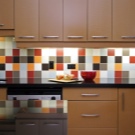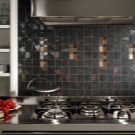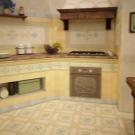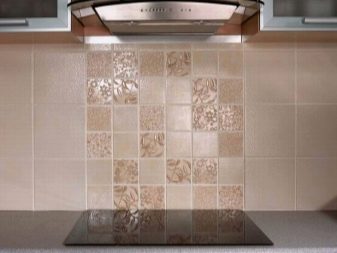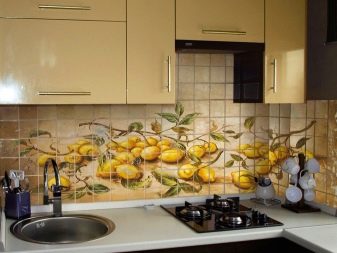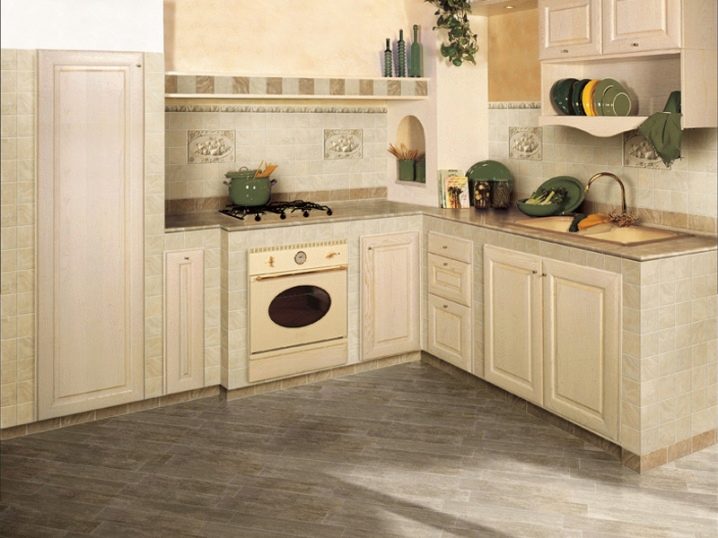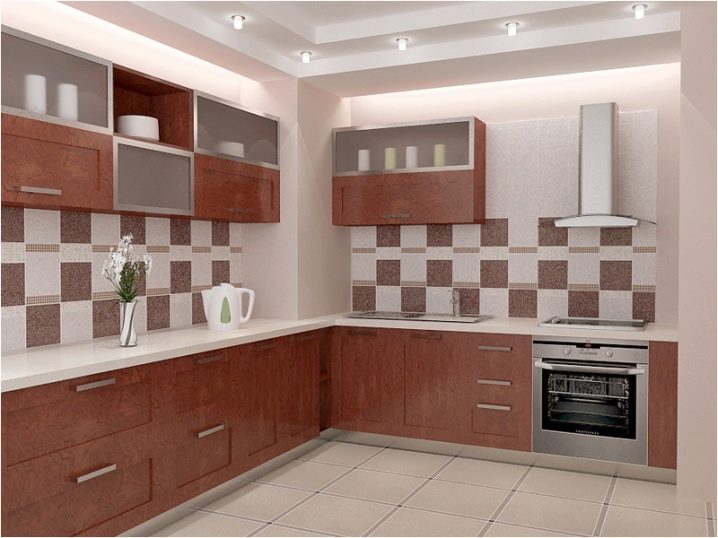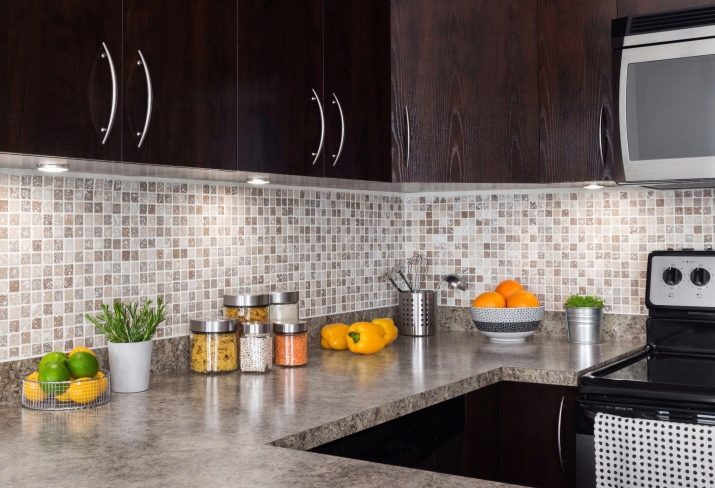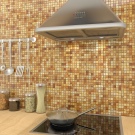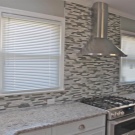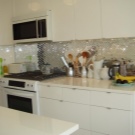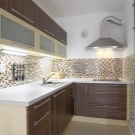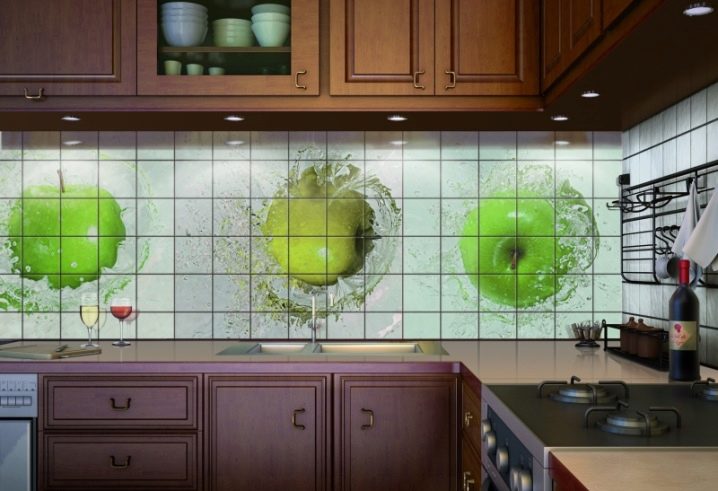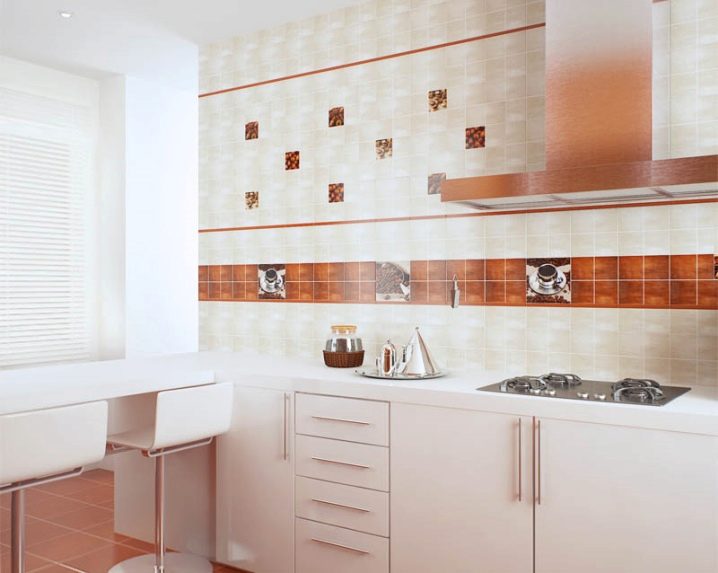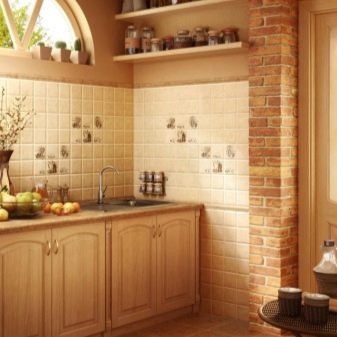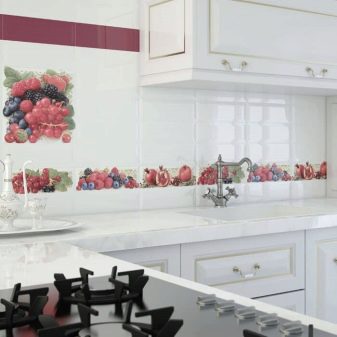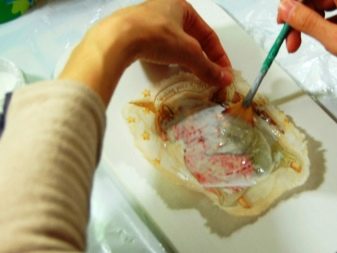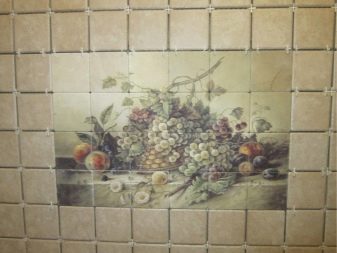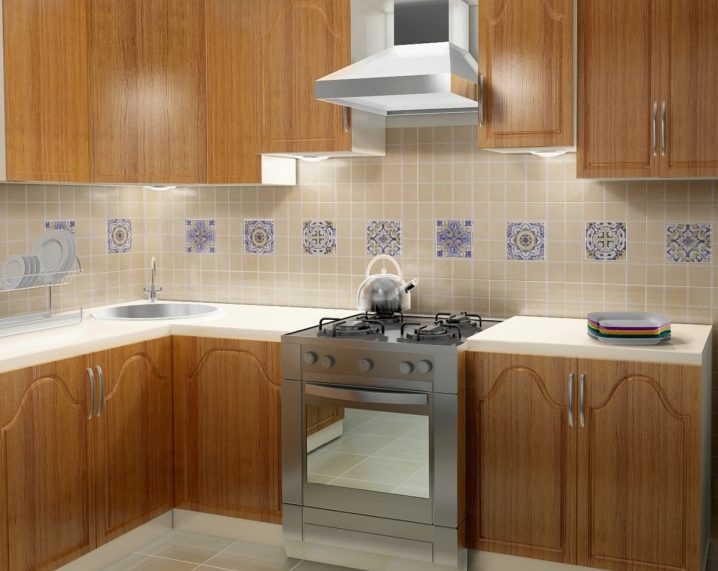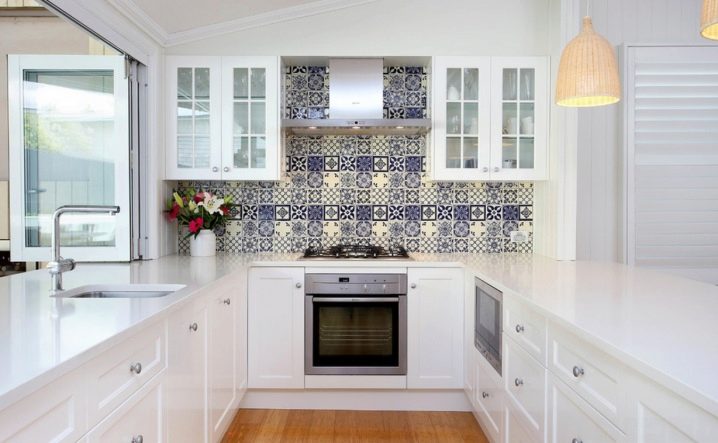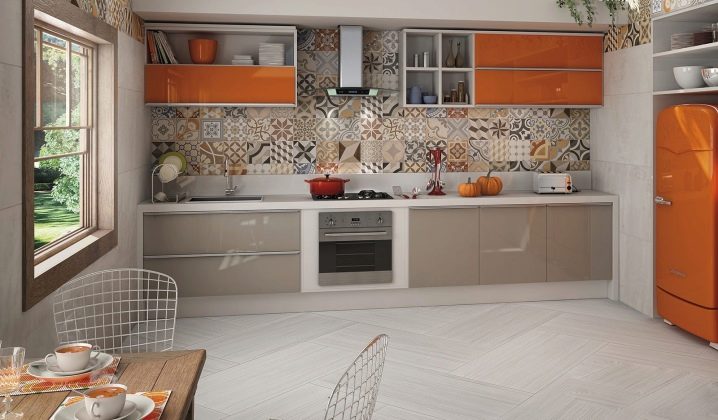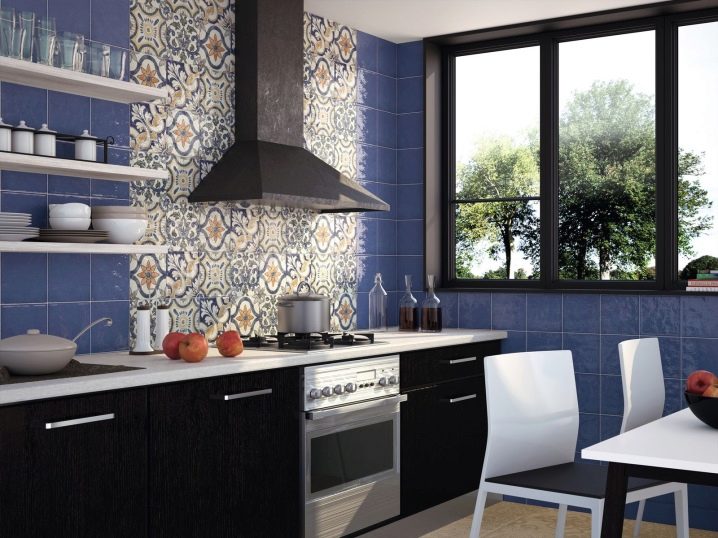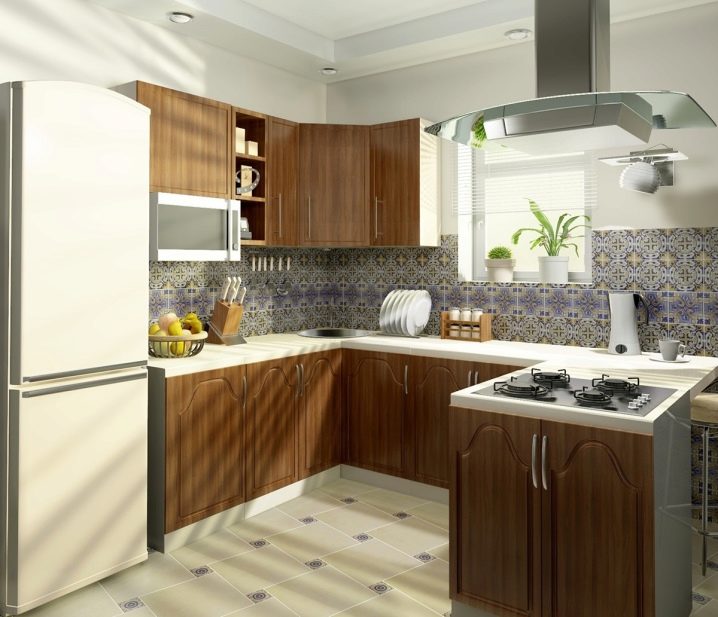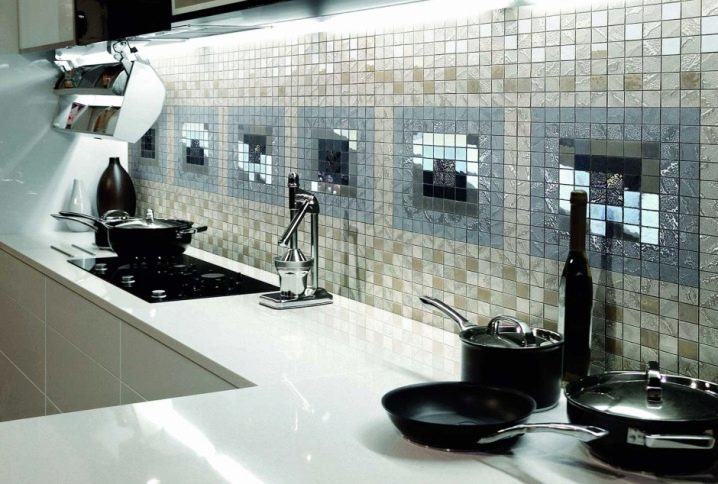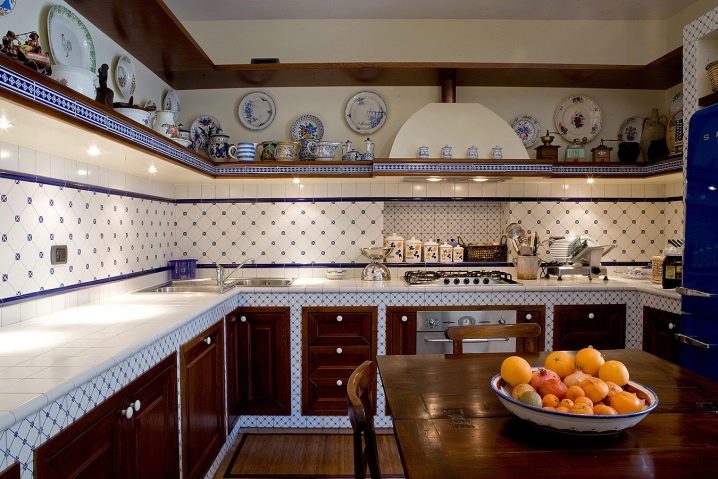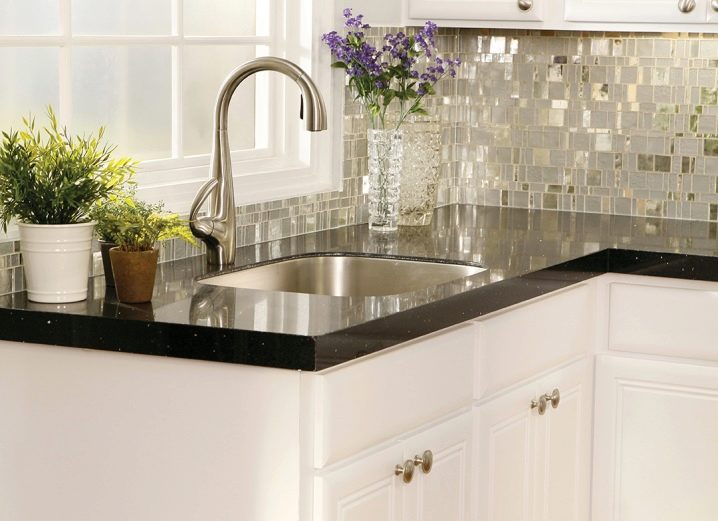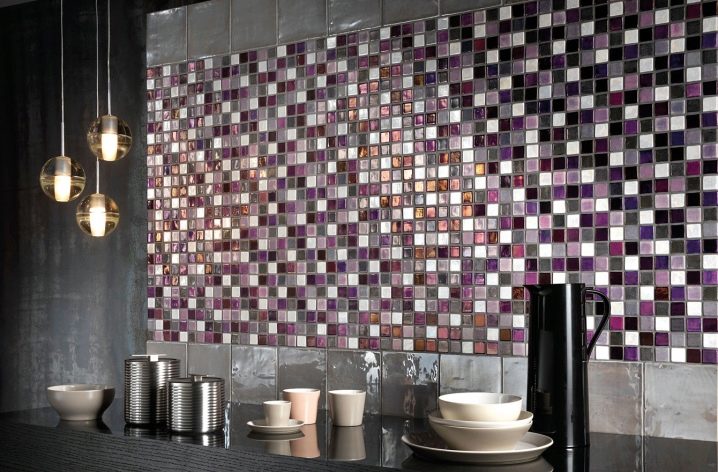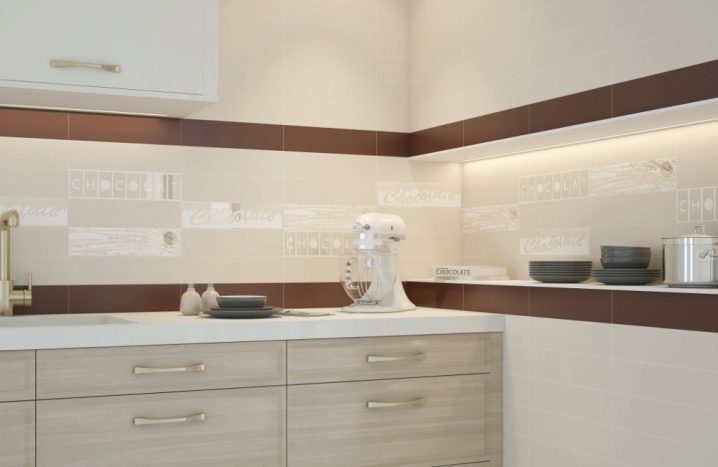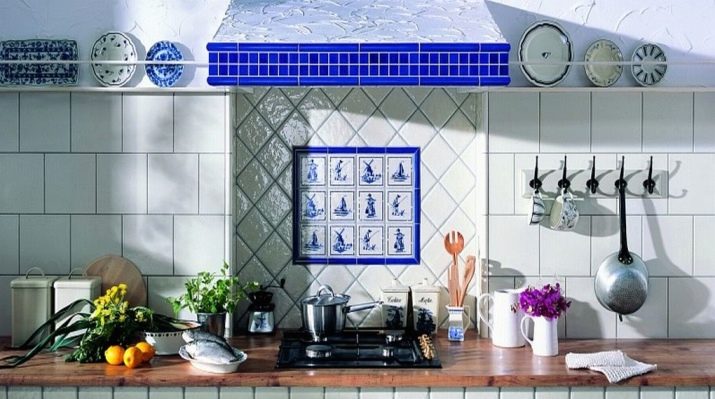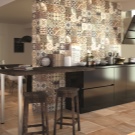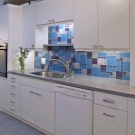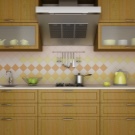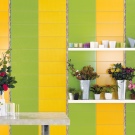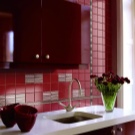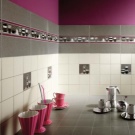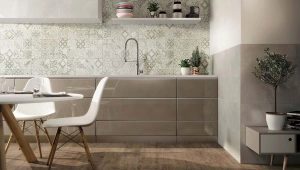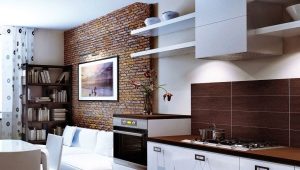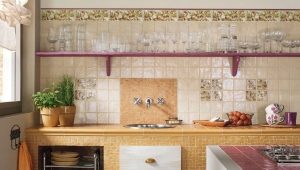Tile for the kitchen
The kitchen is the most popular place in the apartment. It can be called the soul of an apartment. The whole family gathers in the kitchen at the common table, and friendly gatherings take place here. Therefore, this place should be as comfortable as possible. Since this is where the cooking process takes place, the kitchen area should be kept clean. And, therefore, materials for the kitchen should be chosen such that they are safe for human health, easy to wash and would be aesthetically attractive.
All these requirements meets tile. For the kitchen is the perfect option.
Benefits
- The tile is universal. Due to the huge choice of colors and textures, this type of finish can be used absolutely in any style decision - be it Scandinavian minimalism or French Provence.
- All toxic substances that could be present in the raw material evaporate during firing.Therefore, ceramic tiles can be safely used even in a house where allergic people and asthmatics live.
- The tile differs in durability and resistance to attrition, moisture and household chemicals. Tiles are kept for years and sometimes decades. It is necessary only once to glue it and you can forget about the repair for a long time.
- High temperatures are also not terrible for ceramic tiles - it is fire-resistant, does not burn, and does not even melt. In addition, it is poorly conductive, which is the guarantor of electrical safety.
- Tiled surface is easily cleaned from various contaminants and is not a source of microbial reproduction.
- The variation in tile prices is so large that everyone will find an option according to their means.
Kinds
Types and varieties of tiles that can be used to finish the kitchen, a great many. Let us consider this issue in more detail.
The texture distinguishes matte and glossy tiles. Matte surface slips less, so it is most often used for the floor. Although there are collections of matte tiles specifically for wall decoration. Glossy tile has a brilliant reflective texture, so it is used mainly for walls and vertical surfaces.
Porcelain tile - the kind of a tile differing in special durability. It does not absorb moisture, easy to clean. This is usually a large square or rectangular tile. Due to the fact that it is very heavy, it is not often used for laying a kitchen apron. Best of all, porcelain stoneware looks on the floor. It also looks good on the tabletop.
Mosaic. This type of tile is used exclusively for vertical surfaces. The mosaic on the worktop or kitchen apron looks very impressive. In addition to ceramic mosaic, there is also a glass tile and a mosaic of natural stone.
Clinker is one of the subspecies of ceramic tiles. Clay plates are pressed and fired at a temperature of 1300 degrees. Clinker differs from ceramics in that it has a fine-grained structure. It is more durable and moisture resistant. The surface of this material does not slip, so it is very well suited for flooring.
Majolica is one of the varieties of ceramics with ornament on it. Most often these are patterns with a natural theme, suitable for eclectic or Provence design. However, for modern urban kitchen design, you can also choose the appropriate majolica colors.
Dressing
If over time the pattern on the tile has worn off, or the surface of the tile has been damaged during laying, you can decorate it. The material for the decor can serve as stickers, applications from paper, fabric, as well as simply ordinary paper napkins.
This can be done if you paint tiles using decoupage technique. So usually decorate wall tiles on the work surface. On the floor, the picture keeps badly and is quickly erased. Using such a tile decorating option will breathe a second life into the old tile and will give the personality a standard surface.
There are several ways to decorate tiles:
- a single decor, when the drawing is applied to one or more tiles;
- solid decoration, when the same decor is used on the entire area where there is a tile;
- selective decoration, when a composition of different elements is placed on several tiles;
- combined decoration of various surfaces.
The procedure for applying paper decoupage
Attach the napkin to the main surface of the tile, align it in the center. Brush apply glue not a napkin. This should be done carefully so that the paper layer does not break and does not move.So that when working with a brush, the paper does not create creases, apply a layer of glue from the center to the edges. Ordinary PVA glue or special glue is suitable for decoupage. It can be found in specialized stores of goods for needlework. When working with paper, PVA is usually diluted with a small amount of water in proportions: 1: 3, where 1 part water and 3 parts glue.
When decorating tiles with multi-layer napkins, you should first separate the color layer from the rest. If you plan to use any separate fragment of the picture, cut it in advance.
When working with a cloth, the algorithm of actions will be similar. If the fabric for the decor tends to crumble, the edges can be slightly smeared with glue. The fabric is flattened on the tile and coated with glue. When decorating tiles with a cloth, glue can be used undiluted. You can also use a clear varnish for gluing the appliqué to the ceramic tile.
After a few hours, check how firmly the appliqué stuck to the tile by sweeping it across the surface. After you were convinced that your composition was finally fixed on the tile,You can begin to apply a protective layer of varnish.
In order to preserve the color scheme of applications, choose glue and varnishes that do not contain oil additives. Not bad for decoupage acrylic paints on a water-based basis. To enhance the degree of reliability of the protective layer, varnish should be applied in several layers, each time waiting for the previous one to dry. Usually, the complete drying of the surface occurs within 24 hours.
In order for the decoration on the tile to delight you for a long time, it is necessary to regularly remove dust and greasy splashes that appear regularly. It is always more difficult to remove old stains than fresh ones. Decoupage is good because it is easy to restore. You can replace one of several damaged parts, and if you want to completely redo the entire decor.
When decorating a glossy surface for better adhesion, it is better to pre-wipe the top layer with emery paper - it does not leave deep scratches and chips on the tile.
Selection rules
The color range of ceramic tiles should be in harmony with the general trend of the kitchen interior. It does not have to be all in the same range - you can play in contrasts.The main thing is that the contrast should be correctly chosen.
Since the kitchen floor gets dirty faster and more often than other surfaces, dark colors with a matte structure are traditionally selected for it. On the walls, you can lay out glossy tiles of light colors.
It is believed that large plates visually expand the space, but on a small area a large tile will not look. But the mosaic with a single color on the working wall will look like a single whole, without crushing the space into parts.
If you are going to combine tiles of several colors - they should not be too much. The optimal amount is two or three colors. At the same time, it is important that each of them has something in common with some elements that are present in the kitchen: curtains, wallpaper design, furniture, etc.
The tile with a monophonic coloring is more exacting in use. It is harder to care for him. If the tile is light, even small specks of fat and other dirt will be immediately visible on it. If a tile of dark tones - the slightest scratch or a chip on it immediately begin to callore your eyes.
Traditionally, tiles are chosen the same size.However, it is now fashionable to use in the design of tiles of different sizes, but the same color. Another interesting option - a large monochromatic tile complete with a small tile with a pattern. In this case, it is important to accurately capture the overall theme of the composition. Many shops now offer ready-made solutions combining several types of tiles and, if you are not sure of your taste, you can use the advice of professionals.
